Why This Road Trip Rules
There are road trips that check the boxes—scenic drives, local food, photogenic pit stops—and then there’s Portugal’s Atlantic coast. From the winding Douro hills above Porto to the cliff-stacked beaches of the Algarve, this is a peninsula-spanning journey through centuries of seafaring history, soul-shaking cuisine, and wines that taste like sea spray and sunlight. Whether you’re chasing surf, sipping vinho verde, or discovering ancient hilltop castles, this route is Portugal at its most delicious and cinematic.
In this guide, we’ll take you down the coast from Porto to Lagos with 10 must-stop towns and regions. At each stop, you’ll get a taste of the local flavor—literally—and some cultural context to make your journey more than just a pretty drive. Expect seafood, history, rustic wines, and scenery that belongs in epic poetry.
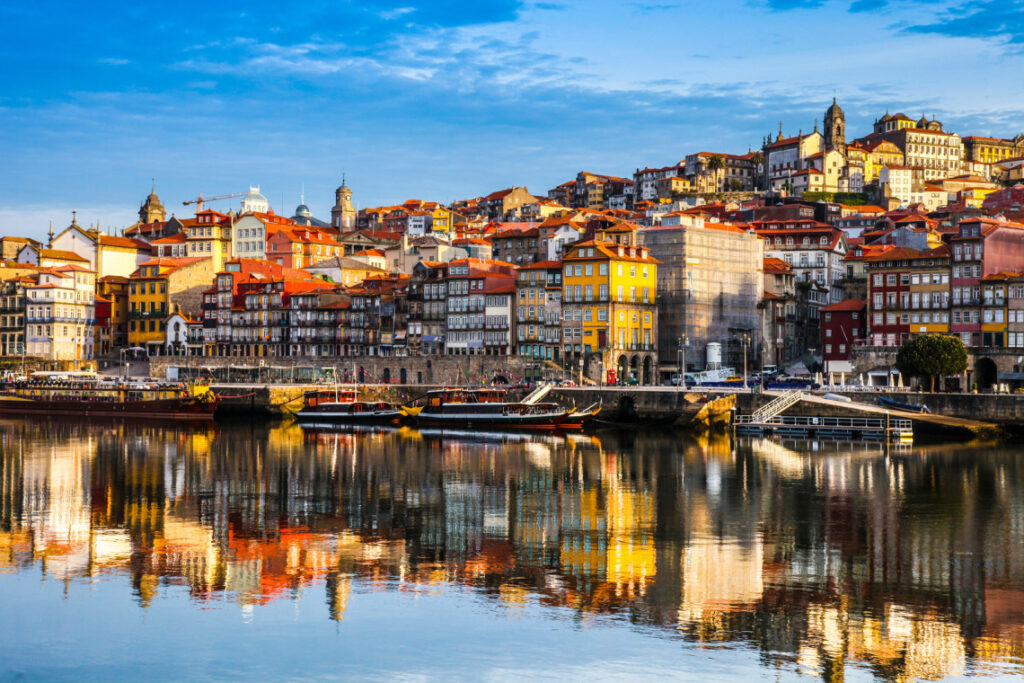
1. Porto — Port Wine, Blue Tiles, and Bifanas
Porto is where Portugal’s past and future shake hands—with one holding a port wine glass and the other adjusting their vintage sunglasses. The city’s soul lives in its contradictions: old granite churches beside street art-covered alleyways, centuries-old port lodges beside student bars, and melancholic fado echoing above vibrant riverfront cafés. Its hills are steep, but so is the experience—walk one block and you’ve time-traveled 500 years.

Then there’s the food, which leans hearty and unpretentious. Local joints serve bifanas with all the ceremony of a handshake, and you’ll find grandmothers stirring codfish stew within steps of haute cuisine tasting menus. Throw in tiled train stations, sunset tram rides to the Atlantic, and the heady sweetness of port wine drifting from the cellars of Vila Nova de Gaia—and you’ve got the kind of city that grabs your heart, not your wallet.
What to Eat & Drink: Bifanas, tripas à moda do Porto, white port tonic, tawny port aged in oak.
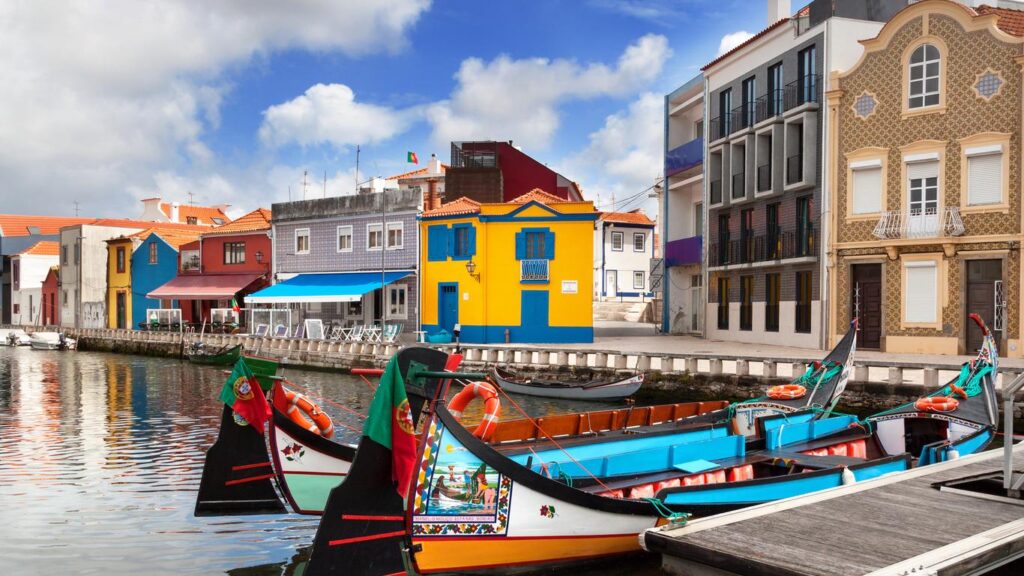
2. Aveiro — The Venice of Portugal
Aveiro’s nickname, “The Venice of Portugal,” doesn’t feel like a stretch once you’re gliding down its canals in a moliceiro—a colorfully painted boat originally used for harvesting seaweed. But Aveiro’s charm goes well beyond the gondola comparison. This is a city where salt once reigned supreme, where Art Nouveau architecture meets marshy wetlands, and where life moves at the pace of a drifting current.
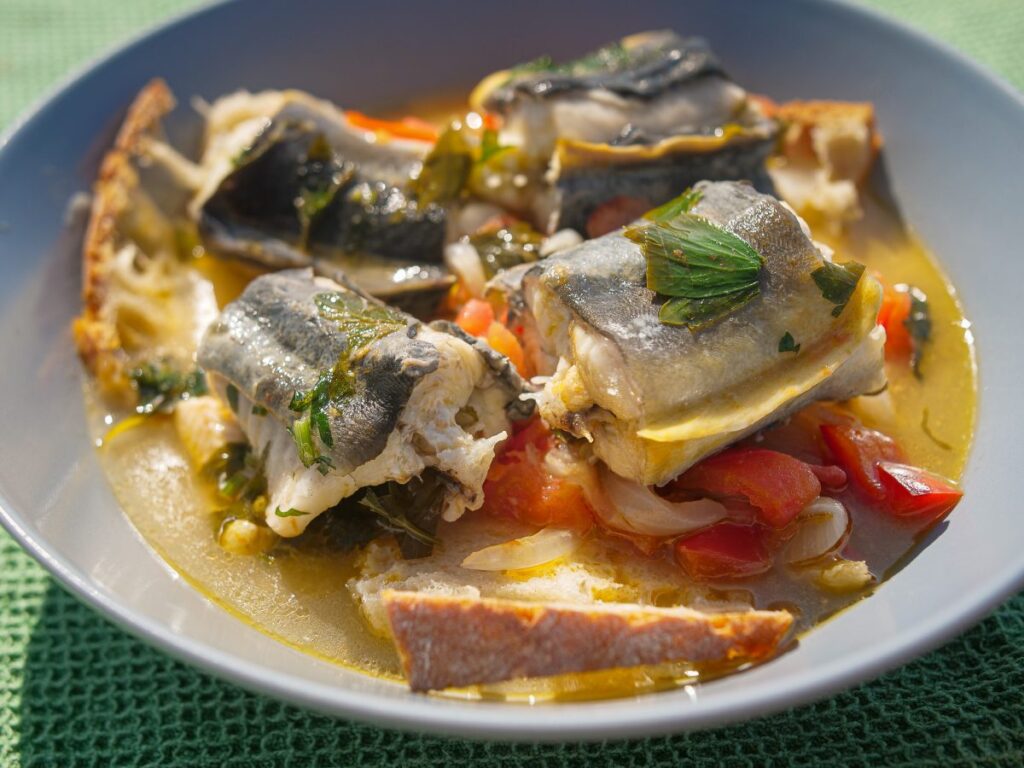
What makes Aveiro truly sing, though, is its balance of history and joy. The nearby beaches of Costa Nova are lined with candy-striped houses, while the city itself boasts museums, tiled façades, and a rich fishing culture still alive today. It’s playful without being precious—and if you’re hungry, this is the place where you eat eel stew without flinching and follow it up with the strangest, most delicious sweets you’ve never heard of.
What to Eat & Drink: Caldeirada de enguias (eel stew), Bairrada sparkling wine, ovos moles.
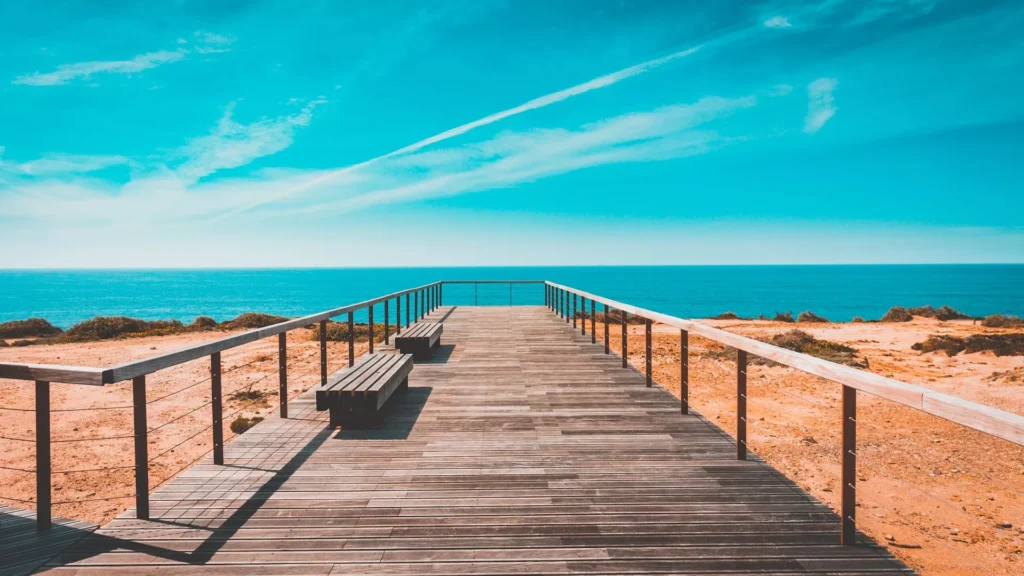
3. Figueira da Foz — Surf Meets Seafood
Figueira da Foz was Portugal’s surf capital before Nazaré stole the global spotlight. It’s a place where the beach seems to stretch for miles, and the Atlantic delivers constant waves and salt spray. The vibe here is laid-back but proud—locals still take their espresso standing at the counter, still argue about the best place for sardinhas grelhadas (grilled sardines), and still remember when the town’s casino hosted Portugal’s glitterati.
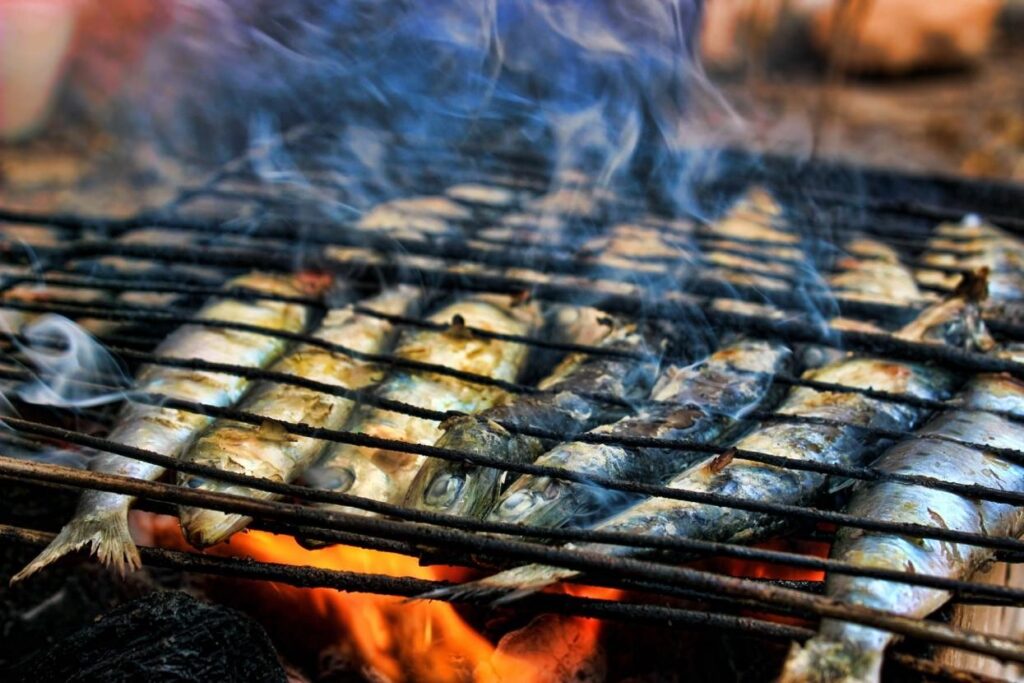
But what sets Figueira apart is the way it blends working-class grit with coastal beauty. There’s a rawness here—peeling paint, heavy nets, and sun-faded buildings—that feels honest. Fishermen and surfers coexist on the same sands, and seafood is king. Caldeirada (a fishermen’s stew) is the dish of the day, and there’s a subtle sense of history beneath every bite, every wave. It’s not a postcard-perfect town—it’s a lived-in, salt-crusted one, and all the better for it.
What to Eat & Drink: Grilled sardines, caldeirada, local cerveja or vinho verde.
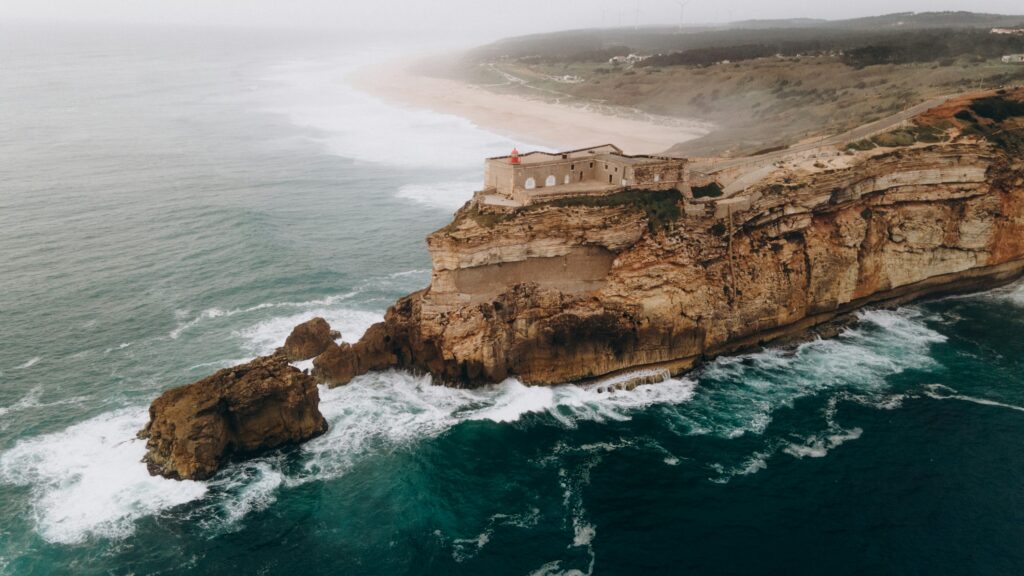
4. Nazaré — Big Waves, Bigger Plates
Nazaré isn’t just famous—it’s folklore. Thanks to the underwater Nazaré Canyon, winter waves here can tower over ten-story buildings, drawing surfers with nerves of steel and cameras from every continent. But if you come outside big wave season, you’ll find a village still deeply tied to its fishing roots, where drying racks line the beachfront and widows wear black in memory of husbands lost to the sea.
Beyond the waves, Nazaré is a feast. Literally. It’s a place where octopus is grilled whole and goose barnacles—gnarled, strange, and surprisingly tasty—are served fresh from the rocks. Climb to Sítio on the funicular and take in the panoramic view of red-tiled roofs, sea spray, and church towers. Then head back down to the beach to eat like a sailor, drink like a poet, and listen to stories that ripple like the Atlantic itself.
What to Eat & Drink: Polvo grelhado (grilled octopus), percebes (goose barnacles), aguardente or crisp vinho branco.
5. Ericeira — Surf Capital with a Soul
Ericeira is a UNESCO World Surfing Reserve, but don’t let that fool you into thinking it’s all board shorts and beach bars. The town has roots—cobblestone lanes, a working harbor, and ancient chapels tucked between surf shops. It’s the kind of place where fish still arrives at dawn, where locals nod hello, and where you can have a craft beer by the ocean without it feeling curated.
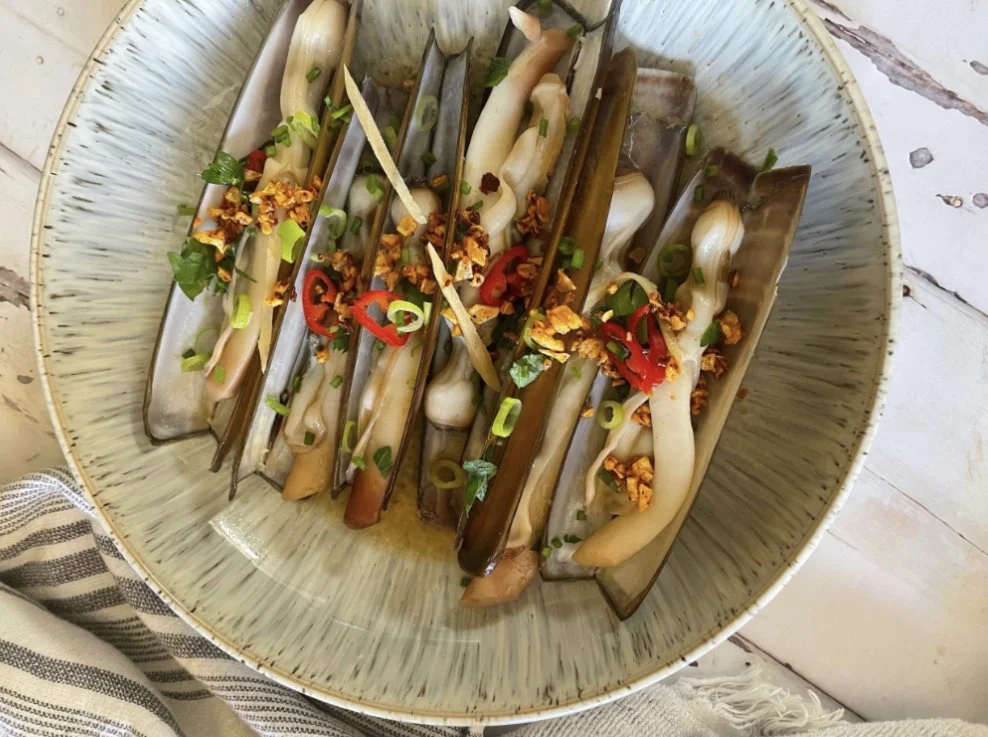
What sets Ericeira apart is its perfect fusion of past and present. Whether you’re surfing reef breaks, tasting fresh sea urchins, or dancing barefoot at a clifftop sunset bar, the village wraps its arms around you. You’re not just visiting—you’re vibing with generations of sea-people who’ve always known how to read the tides and follow the flavor.
What to Eat & Drink: Sea urchin toast, razor clams, craft beer or ginjinha.
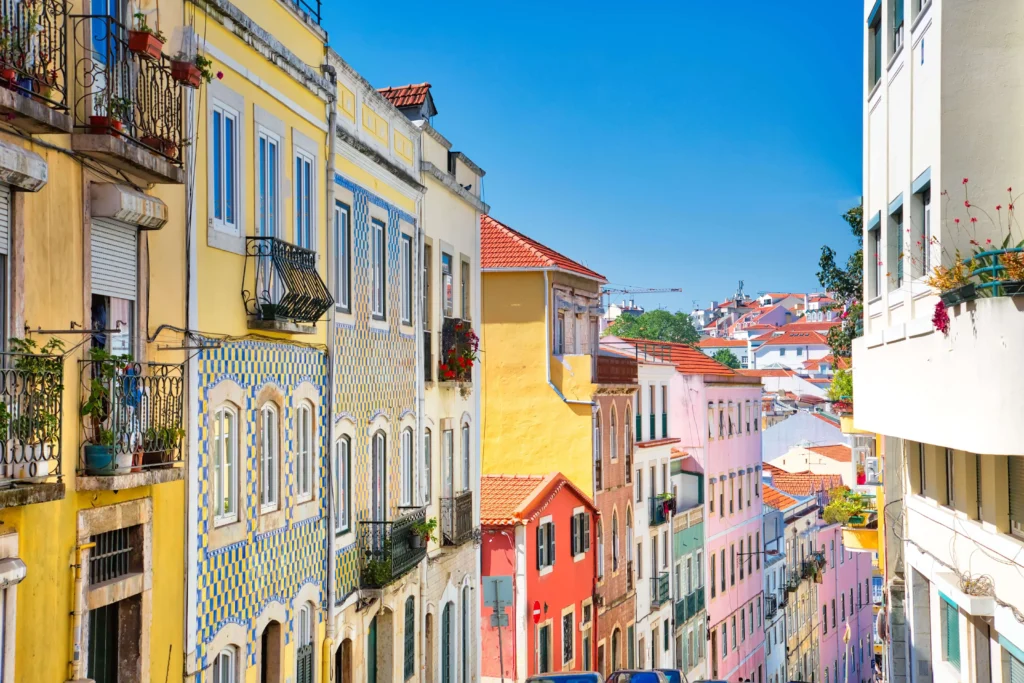
6. Lisbon — City of Light, Hills, and Flavour
Lisbon is a city built on seven hills and a thousand years of reinvention. From its Moorish past to the Age of Discoveries, Lisbon has always looked outward—to the sea, to the future, and to the spice markets of faraway empires. Today, you can feel that legacy in every corner: Alfama’s winding lanes, Belém’s grand monuments, and Chiado’s literary cafés. It’s a capital that doesn’t scream. It seduces—with light, with rhythm, with food that tastes like tradition and rebellion at once.
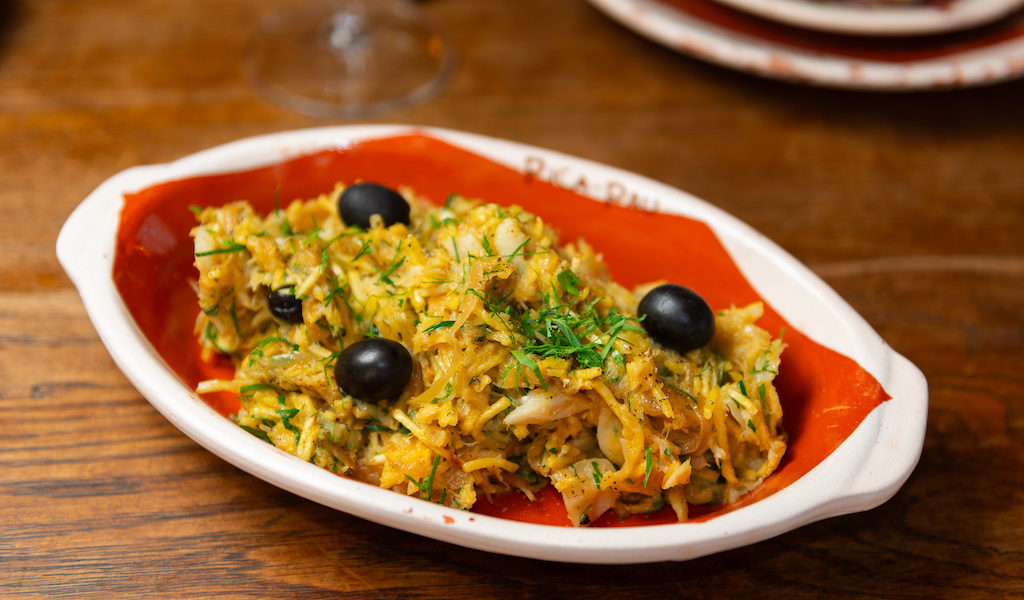
Then there’s the sense of scale. This isn’t some sprawling mega-city. Lisbon feels human, alive, and designed to be wandered. One moment you’re sipping espresso in a sunlit plaza, the next you’re catching Fado in a candlelit basement. Streetcars climb impossibly steep streets. Pastéis de nata flake in your hands. And every sunset from the miradouros makes you want to write poetry.
What to Eat & Drink: Bacalhau à Brás, pastéis de nata, ginjinha (cherry liqueur), and red wines from Setúbal or the Lisboa DOC.

7. Setúbal & Arrábida — Wine, Cliffs, Dolphins
Just south of Lisbon lies a paradise of cliffs, dolphins, and fortified wine. Setúbal is often overlooked, but for the initiated, it’s a seafood powerhouse. This fishing town backs onto the stunning Serra da Arrábida—a protected natural park where limestone cliffs plunge into Caribbean-colored waters. Dolphins play in the Sado River estuary, and vineyards dot the hills with some of Portugal’s best-kept wine secrets.

Setúbal is loud and proud. It’s a working-class town with a refined palate. Locals will fiercely debate the best place to eat choco frito (fried cuttlefish), and they’ll probably invite you along. Arrábida itself feels untouched—wild trails, secret beaches, and wines that punch well above their weight. From moscatel tastings at Quinta da Bacalhôa to swimming in Galapinhos Bay, this stretch is Portugal at its most honest and exhilarating.
What to Eat & Drink: Choco frito, oysters from the Sado, Moscatel de Setúbal.
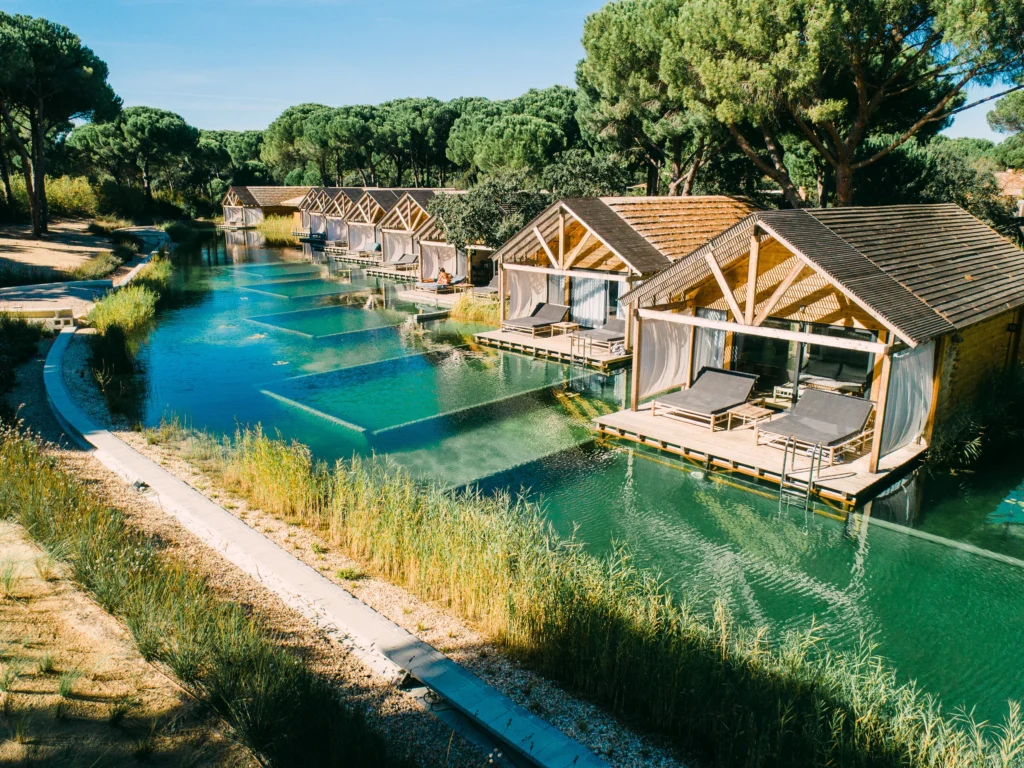
8. Comporta — The Hamptons of Portugal
Once a sleepy rice-farming village, Comporta is now a coastal Shangri-La for barefoot luxury seekers and local creatives. It’s still got the slow rhythm of old Portugal—donkeys in the fields, whitewashed homes with blue trim—but it’s also where Lisbon’s tastemakers come to disappear. The vibe? Rustic beach minimalism, with a glass of natural wine and your feet in the sand.
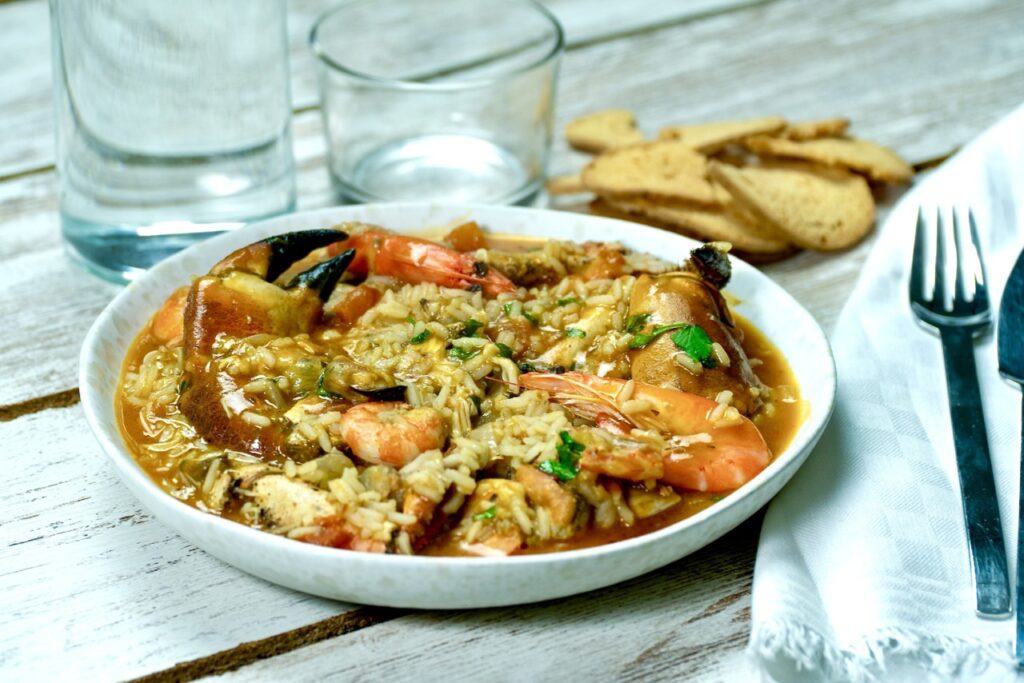
Beyond the design scene, the landscape is the real draw. Endless dunes, pine forests, and Atlantic surf flank vast rice paddies that shimmer at sunset. The food scene blends tradition and flair—think arroz de marisco served in chic beachfront restaurants. You’ll eat with sand in your shoes, and you’ll never want to leave.
What to Eat & Drink: Arroz de marisco, grilled fish, natural wines from Herdade da Comporta.
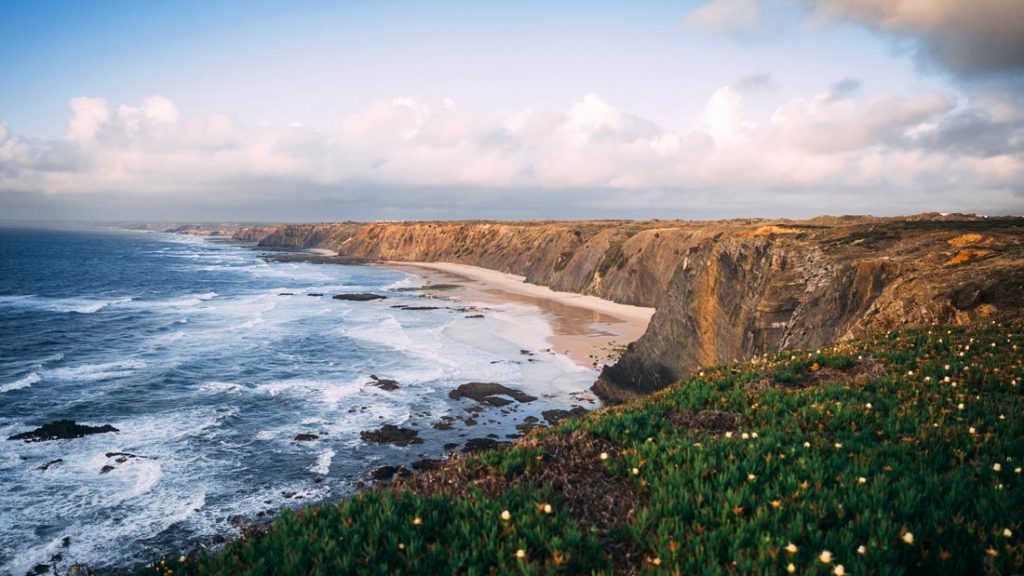
9. Aljezur — Wild West Coast
This is Portugal’s rugged soul. Aljezur sits on the Vicentine Coast, a raw and windswept stretch of cliffs and crashing surf that feels almost prehistoric. It’s home to quiet agricultural valleys, untouched beaches, and a town of whitewashed houses nestled around a ruined hilltop castle. The whole place feels like a well-kept secret.
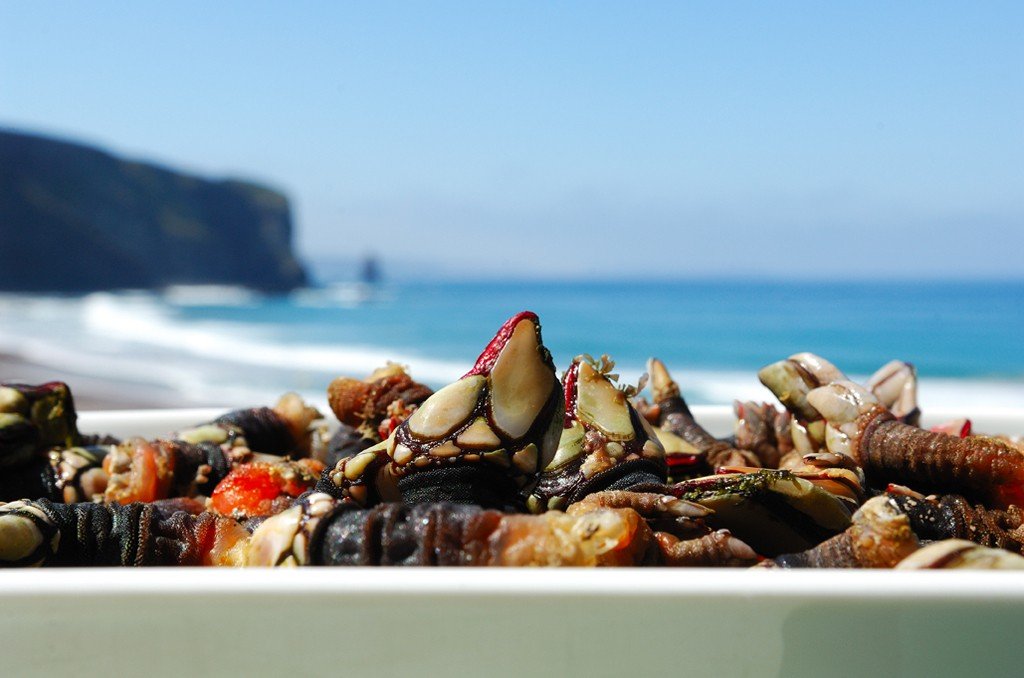
Aljezur is also the sweet potato capital of Portugal, and they’ve made it into an art form. Come autumn, the local festival turns this humble tuber into a gourmet affair. Pair that with grilled percebes and a local Alentejo red, and you’ve got a meal as powerful as the views. If you’re chasing waves or solitude, this is where you stop and breathe.
What to Eat & Drink: Sweet potato dishes, grilled percebes, Alentejo red wines.
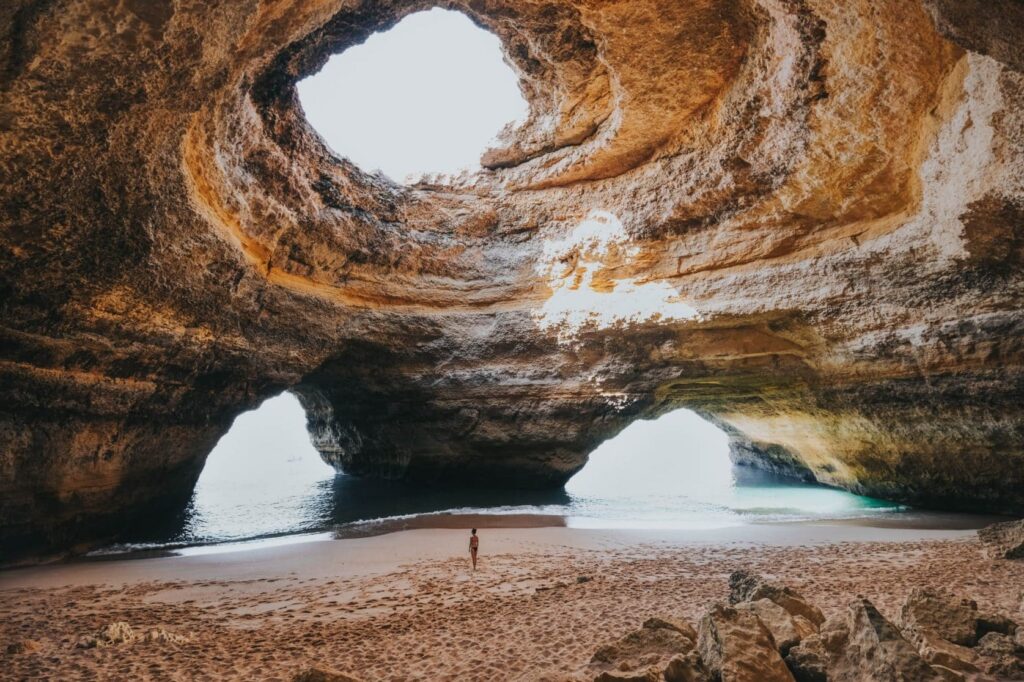
10. Lagos — Cliffside Sunsets and Sea Caves
The final stop feels like a reward. Lagos is one of the Algarve’s oldest and most charming towns—once a base for Portuguese explorers, now a vibrant mix of surfers, sailors, and seafood lovers. The cliffs of Ponta da Piedade are the show-stopper here, carved by wind and waves into a fairytale of arches, grottos, and gold-orange rock.

The old town hums with music and grilled fish smoke, while boats leave the harbor for kayaking, dolphin-watching, or just sailing into the blue. At sunset, Lagos glows—and with a glass of Algarve rosé in hand, the entire journey down Portugal’s coast comes full circle. It’s history, hospitality, and hedonism in perfect balance.
What to Eat & Drink: Cataplana de marisco, Algarve rosé, doce fino (marzipan sweets).
Final Tips for the Road
– When to go: April–June and September–October for good weather without crowds
– How long: 10–14 days is perfect for the full coast
– How to get around: Rent a car—ideally something small enough for village streets
– Be respectful: These are real communities, not just Instagram backdrops
Why This Road Trip Matters
Portugal’s coast is more than scenic—it’s soulful. Every stop, every meal, every glass of wine tells a story. Some are about survival, some about celebration. But all of them are about connection—to land, to sea, and to something older than any highway.
This road trip isn’t just about seeing Portugal. It’s about tasting it, breathing it, and letting it change the way you think about travel.
Bom viagem!